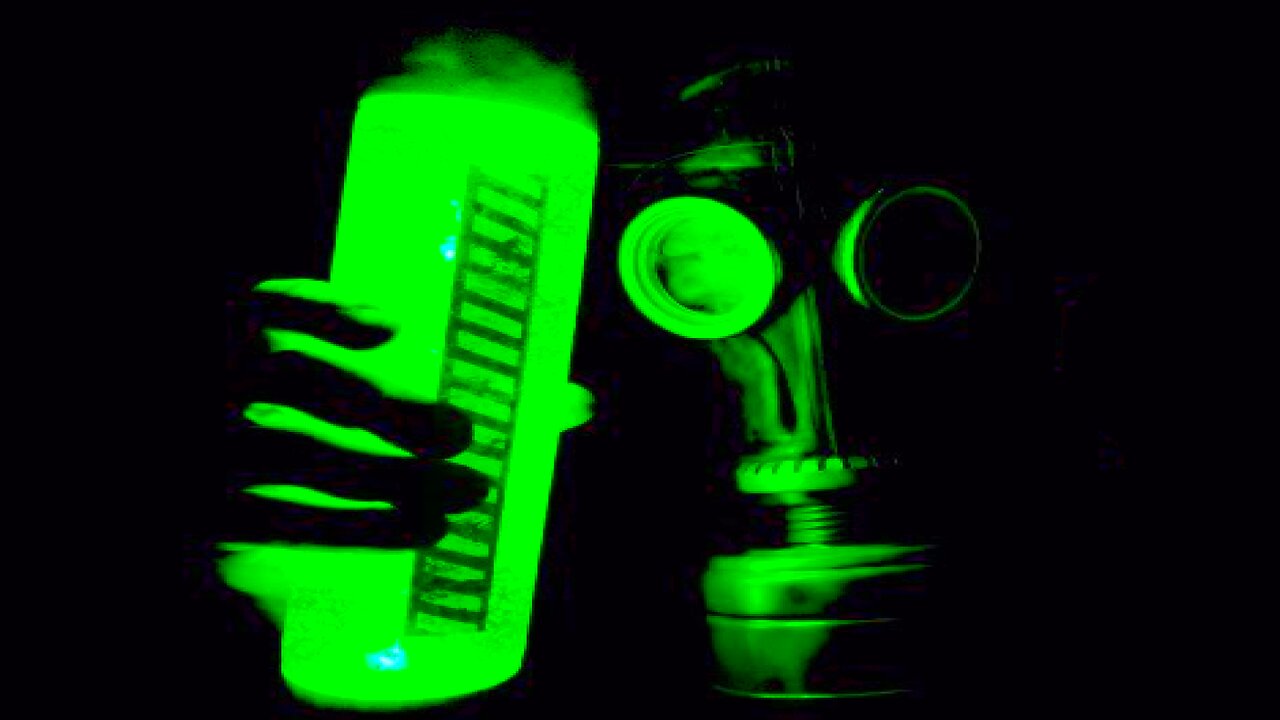Premium Only Content

RADIATION Across the Solar System
Please Support The RUMBLE Channel
50% of all support (after fees & tax) will go to a private Moon mission
RUMBLE Has More Videos & YOUR VIEWS Help Raise Money For a MOON Mission!
https://rumble.com/user/WhatsNextVids
Patreon:
https://www.patreon.com/user?u=37594401
Buy Me A Coffee:
https://www.buymeacoffee.com/whats.next
Donate With Cash App:
https://cash.app/$YTpayments
Total Updated Weekly on X/Twitter:
https://x.com/WhatsNe75388303
Examples of Radiation Levels Across the Solar System:
Earth: On Earth, the average annual radiation exposure for a person includes about 5% from cosmic radiation. The total average dose of radiation people receive in the United States is approximately 620 millirem (6.2 millisieverts) per year.
Moon: The Moon’s surface is exposed to higher levels of cosmic radiation compared to Earth due to its lack of atmosphere and magnetic field protection. Astronauts on the Moon are exposed to elevated levels of cosmic radiation during their missions.
Mars: Mars has a thin atmosphere that provides less shielding from cosmic radiation compared to Earth. Future human missions to Mars will face challenges in protecting astronauts from prolonged exposure to cosmic radiation during their journey and stay on the red planet.
International Space Station (ISS): Astronauts aboard the ISS are exposed to higher levels of cosmic radiation than on Earth due to minimal atmospheric shielding in low Earth orbit. Special shielding is used on the ISS to protect astronauts from the effects of cosmic radiation.
Jupiter: Jupiter’s intense magnetic field traps high levels of charged particles, creating a hazardous radiation environment around the planet. The radiation belts around Jupiter pose significant risks to spacecraft passing through or orbiting the gas giant.
Saturn: Saturn also has strong radiation belts similar to Jupiter, which can affect spacecraft exploring the planet and its moons. The Cassini spacecraft, which orbited Saturn, had to navigate carefully to avoid prolonged exposure to high levels of radiation.
Pluto: Despite being far from the Sun, Pluto experiences lower levels of solar radiation due to its distance. However, cosmic rays from outside our solar system still reach Pluto’s surface, albeit at reduced intensities compared to inner planets like Earth.
Interstellar Space: In interstellar space beyond our solar system, cosmic radiation levels can vary based on factors such as proximity to stars, supernovae remnants, and other celestial phenomena. Spacecraft traveling through interstellar space would encounter different levels of cosmic radiation depending on their location and trajectory.
-

SpartakusLIVE
6 hours ago👑 King of Content 👑 || Duos w/ GloryJean
9.01K -
 20:40
20:40
Side Scrollers Podcast
13 hours agoGen Z Tries OG Super Mario Bros for the First Time
9.69K2 -
 LIVE
LIVE
Spartan
3 hours agoPro Halo Player | Ranked + SWTOR
179 watching -
 1:34:00
1:34:00
Nick Freitas
6 hours agoCan Elon Musk’s America Party Actually Win?
31.6K16 -
 2:37:04
2:37:04
megimu32
4 hours agoOTS: The Matrix Was About WHAT?! Trans Allegory, Cancel Culture & Comedic Chaos
11.2K8 -
 LIVE
LIVE
VapinGamers
3 hours ago $0.01 earnedDestiny 2 - Just Cause and Goodies, Let's Talk New Stuff - !rumbot !music
315 watching -
![Batman Arkham Knight [6K Reshade Mods] Hardest Difficulty ⋆ Western Retread](https://1a-1791.com/video/fww1/4a/s8/1/M/p/x/0/Mpx0y.0kob.1-small-Batman-Arkham-Knight-6K-Res.jpg) LIVE
LIVE
FusedAegisTV
9 hours agoBatman Arkham Knight [6K Reshade Mods] Hardest Difficulty ⋆ Western Retread
63 watching -
 31:35
31:35
Solar Groove Muzic
1 day ago $0.01 earnedDeep House Mix 2025 | Deep House, Vocal House, Nu Disco, Chillout
8.99K2 -
 1:21:31
1:21:31
Glenn Greenwald
6 hours agoTrump Mocks Concerns About Epstein; Trump Continues Biden's Policy of Arming Ukraine; Trump and Lula Exchange Barbs Over Brazil | SYSTEM UPDATE #483
117K123 -
 54:26
54:26
Edge of Wonder
9 hours agoTexas Floods: Boots on the Ground with Shawn Livingston
26.1K8